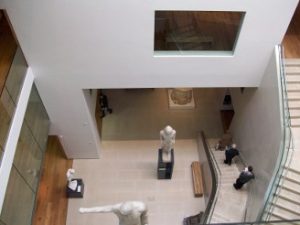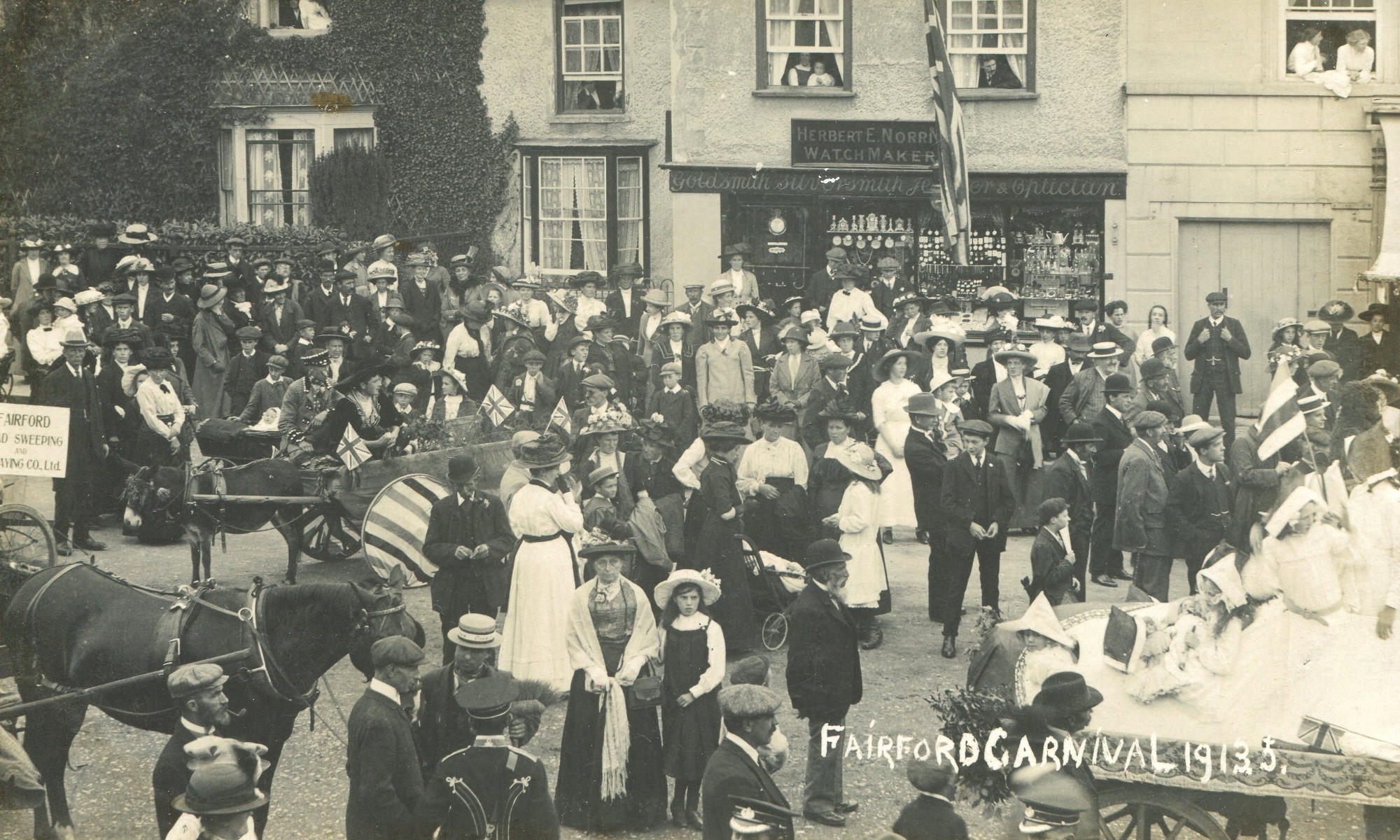At the February meeting Jude Barrett, an Education Officer from Oxford’s Ashmolean Museum of Art and Archaeology, talked to the society about their £61 million redevelopment project. The presentation covered a brief history of the museum and details of the refurbishment and also illuminated some of the highlights of their collections and the new ways in which they are presented.
The museum was first opened in 1683 to house the collection of Elias Ashmole, which consisted of his own original acquisitions and those of John Tradescant and son of the same name. The collection grew with additions from many sources until it was split in the late-19th Century with art and antiquities remaining in the Ashmolean on its present site.
Historically, the fabric of the museum and the things in it was shaped by Ashmole’s bequest and subsequent donations. However, the refurbishment has allowed the museum to be reshaped to fit the new display strategy of ‘Crossing Cultures, Crossing Time’. To achieve this, exhibits on the lower ground floor illustrate objects and activities common to different cultures. Following this the ground floor represents the Ancient World of Europe, China and North Africa. The first floor illustrates Asian Crossroads: Eastern Art, artifacts from India, the Islamic Middle East and the Mediterranean area. The second floor explores the topic West meets East, including European ceramics, Renaissance and Baroque art, more items from Japan and China and the ‘England 400–1600’ room where some of the items excavated from Fairford’s Anglo-Saxon Cemetery are displayed. The third floor houses modern art.
The museum’s frontispiece, the Cockerell Building built in 1845, and which also houses the University’s Modern Languages Faculty (the Taylorian), has not been replaced. A new building designed by architect Rick Mather has replaced other buildings added piecemeal over the museum’s long history. Excavation of the site allowed the basement level area to expand and, with the new building works completed, the floor space of the museum has greatly increased.
The redevelopment provided an opportunity for the site to be examined by Oxford Archaeology who uncovered some medieval pottery and waste pits. The refurbishment began in 2004 with museum items being placed in storage, which has provided an opportunity for conservation work to take place. Internal and external demolition followed from 2006 leading to the Museum’s ten-month closure before reopening in November 2009. Jude’s presentation highlighted the difficulties of construction and access in a city centre site. She also spoke about the new state-of-the-art environmentally controlled display cabinets designed to aid the conservation of exhibits.

The speaker’s highlights of the museum included:
the clay pithos with octopus design excavated from Knossos, Crete;
Powhatan’s Mantle, a deerskin decorated with shells that belonged to the father of Pocahontas; an early Cycladic figurine thought to be a votive offering;
Paolo Uccello’s Hunt in the forest an early renaissance painting demonstrating the use of perspective.
The speaker also brought replicas of Anglo-Saxon items the Alfred Jewel and the Cuddesdon Bowl which were passed around the room. The Museum anticipates the opening of study rooms with accessible storage of items, such as those from Fairford, that are not on general display.
The presentation was very informative and whetted the appetite of those in the audience for a trip to Oxford.
Further information
Ashmolean
Ashmolean – wikipedia



